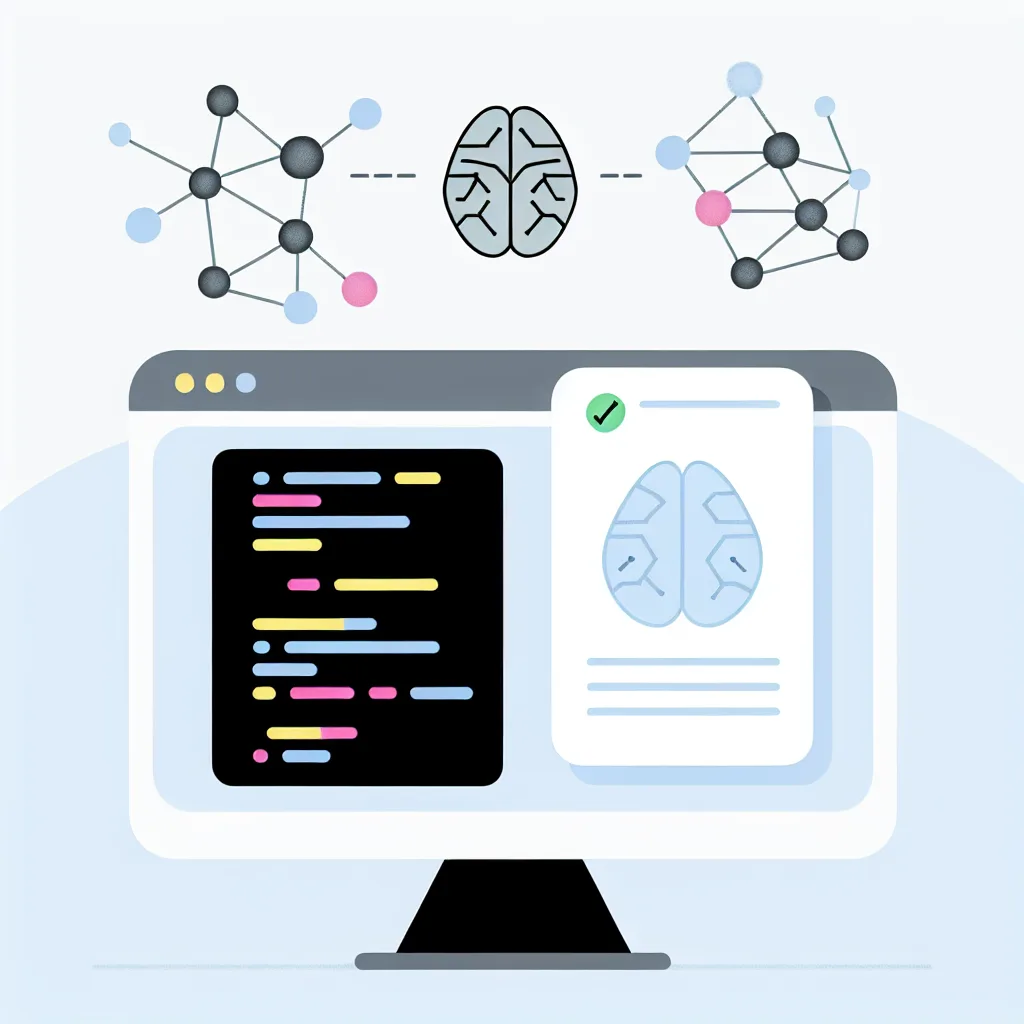Exploring AI’s role in detecting and repairing code errors with the latest Large Language Models
If you’ve ever struggled with debugging your C++ or Python code, you’re not alone. Thankfully, AI is stepping in to lend a hand in catching bugs and security vulnerabilities before they cause headaches. One of the interesting advances in this area is something called LLM-GUARD, which uses powerful large language models (LLMs) to detect and even suggest repairs for code issues.
What is AI bug detection?
AI bug detection refers to using artificial intelligence, particularly large language models like ChatGPT-4 and Claude 3, to help identify errors and security gaps in programming code. These systems analyze your code and flag things that might cause problems, from simple syntax mistakes to more complicated security vulnerabilities.
How does LLM-GUARD work?
LLM-GUARD evaluates different large language models on their ability to find bugs in C++ and Python. The research put ChatGPT-4, Claude 3, and LLaMA 4 to the test against a mix of simple programming errors and more complex security flaws drawn from real-world scenarios. They carefully validated each finding to make sure the models’ detections were accurate.
What makes AI bug detection useful?
- Spotting obvious mistakes: All the models did well at catching straightforward bugs, like syntax errors or common semantic problems. That’s really helpful if you’re learning to code or want a quick check before running your program.
- Understanding security: ChatGPT-4 and Claude 3 showed a stronger grasp of security vulnerabilities. They could identify not only the flaw but also think about how it might be exploited — something crucial when you’re aiming to write safer software.
-
Setting realistic expectations: These AI models aren’t perfect. They found it hard to pick apart very subtle or complex bugs in large, production-level codebases. That’s especially tricky when multiple components interact in unexpected ways.
Where AI bug detection fits in your workflow
Think of AI bug detection as an assistant rather than a replacement. Beginners can use these tools to learn from mistakes faster. For professionals, it’s a handy first pass during code reviews to catch low-hanging fruit before diving deeper.
The research also suggests possibilities for the future: combining different AI agents to work together on spotting bugs and extending support to more programming languages.
Learn more about AI and programming bugs
If you’re curious about the detailed research behind LLM-GUARD, you can check out the original paper from the authors to dive deeper into their methods and findings.
Also, to understand more about how large language models are shaping programming, the OpenAI documentation offers a wealth of insights into what’s possible right now.
Final thoughts
AI bug detection is becoming a useful tool to improve our coding habits and build more secure software. While it’s not the ultimate solution for every problem, its ability to complement human reviewers and provide educational value is promising. As these models get smarter and more collaborative, we can expect them to become even more effective in supporting developers at all levels.
